Compete in the City Nature Challenge
Friday, February 23rd, 2018This is Passport to Texas
Document local flora and fauna when you participant in the Worldwide 2018 City Nature Challenge, April 27-30.
Each city will have a leader; that leader will bring in partners [like the city, county or environmental organization]. And they will ask participants to do bioblitzes within that city. A bioblitz is where you collect data on all the plants and the animals throughout the area.
Marsha May is a biologist and Austin area challenge coordinator. Teams from six continents will upload their observations to iNaturalist.org in an attempt to document more species than their competitors.
Then all that data is collected in iNaturalist, and it will be evaluated a week after the challenge is over, and a winner will be announced.
Experts from various fields will verify the data. No prizes will be given to winners, but they will get bragging rights, and a chance to help researchers.
We have many species in Texas that are species of greatest conservation need. And when we do these biolblitzes, oftentimes those species are identified within that project. And those species are very important for us to know where they’re located, and how many there are out there. And this is just a way that citizens help quite a bit.
For more details on the 2018 City Nature Challenge, April 27—30th go to citynaturechallenge.org.
For Texas Parks and Wildlife…I’m Cecilia Nasti.
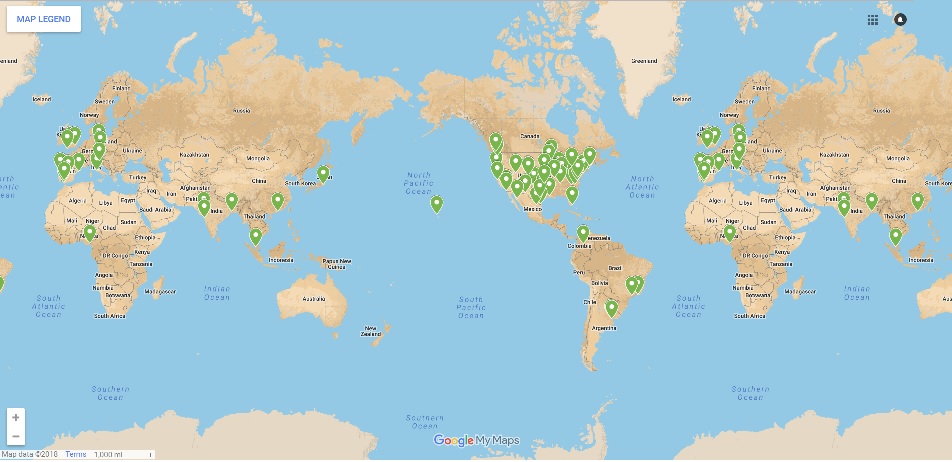

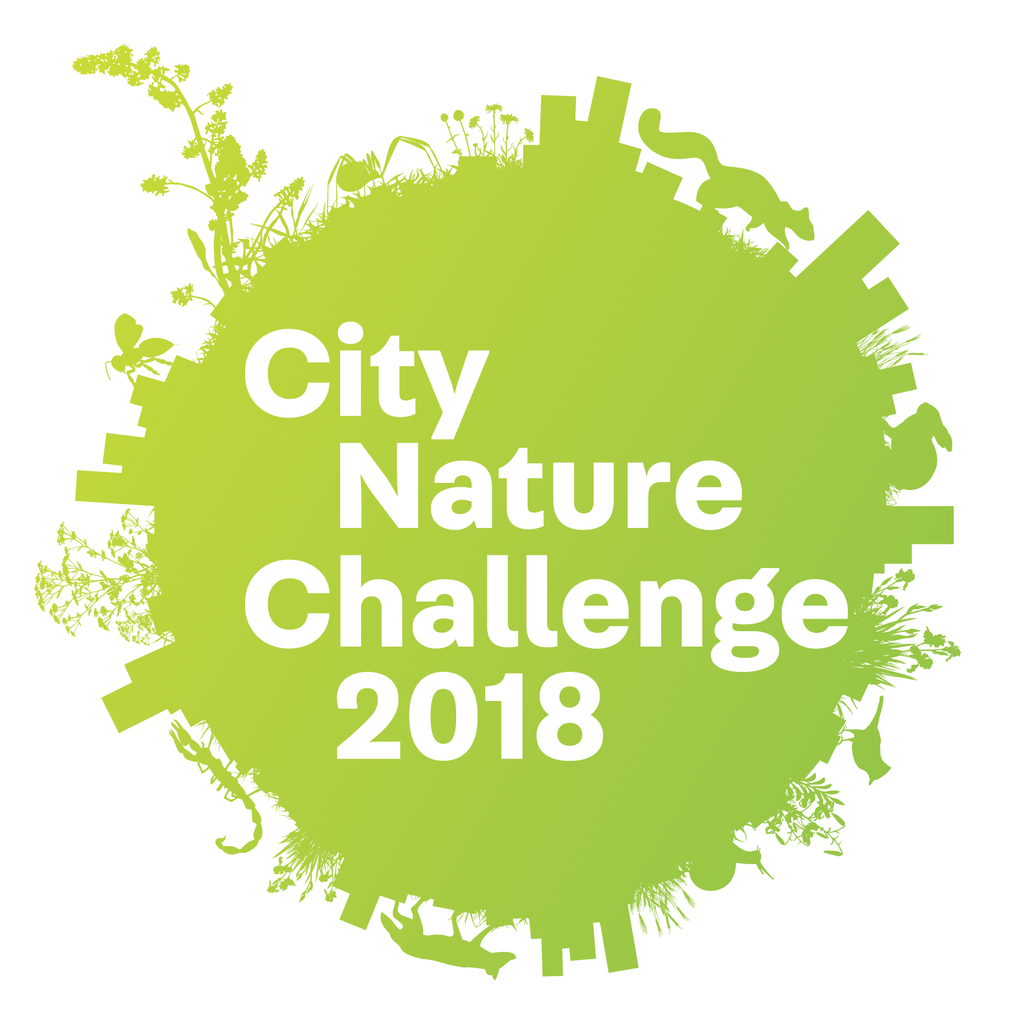
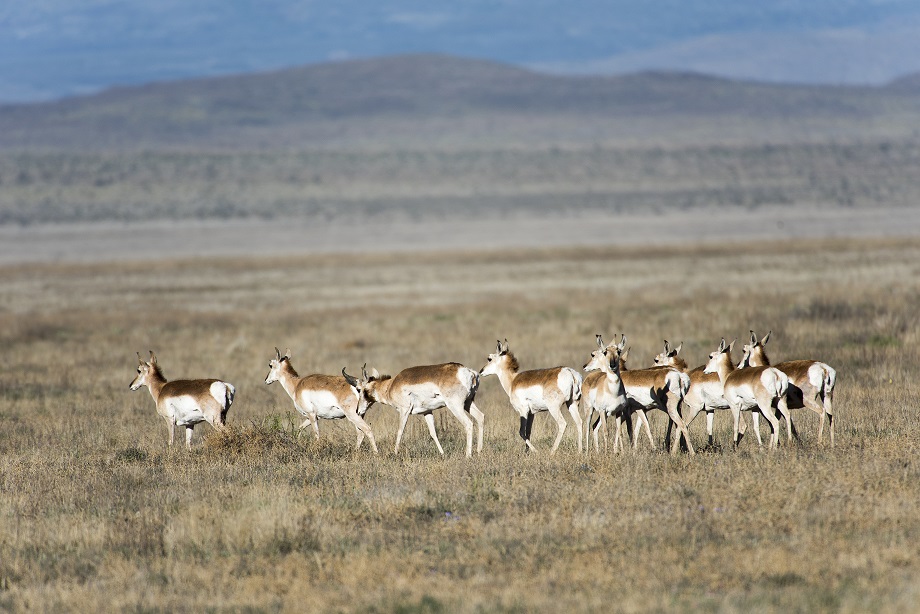
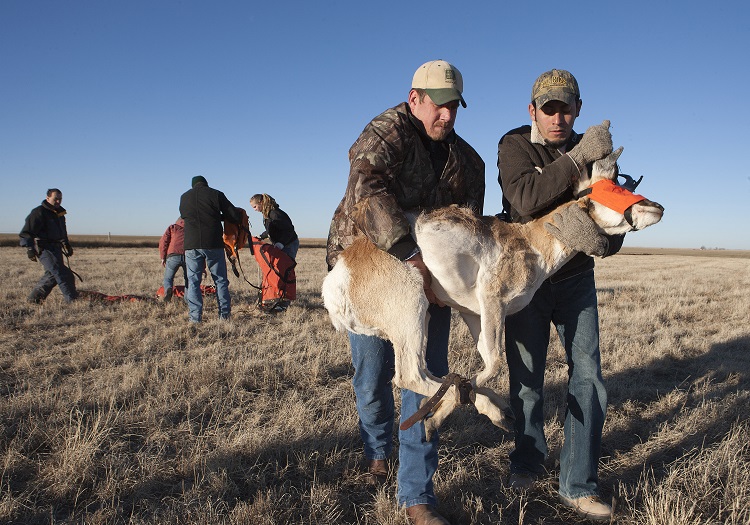
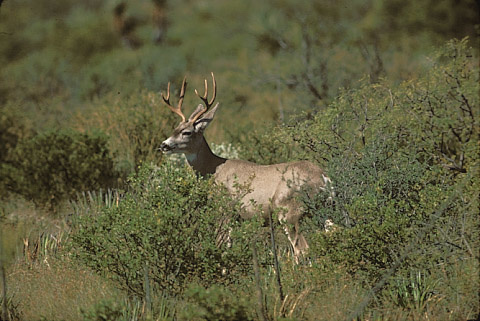

 Passport to Texas is a
Passport to Texas is a  Passport to Texas is made available by:
Passport to Texas is made available by: